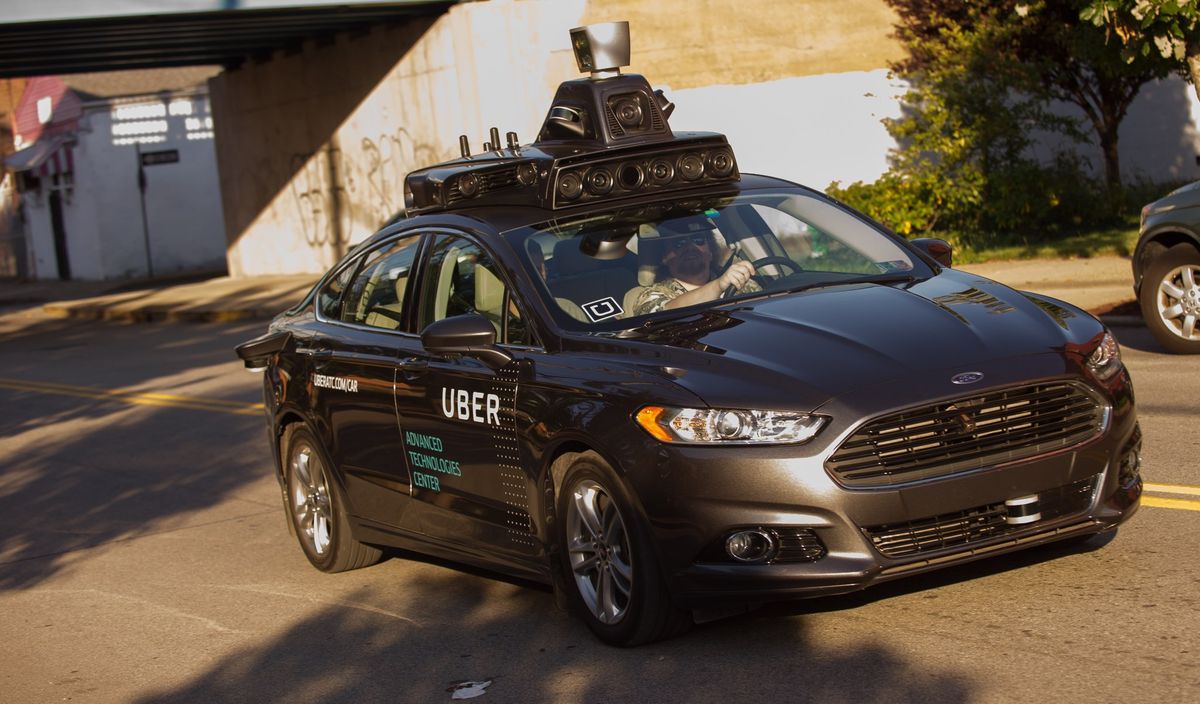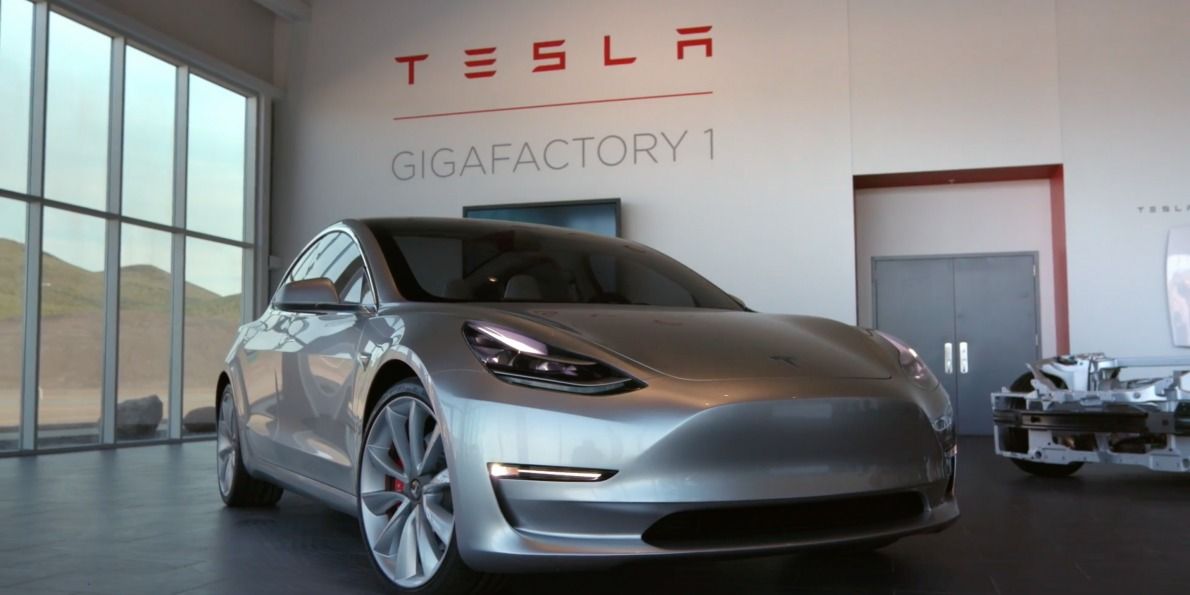The a Single Stage to Orbit (SSTO) rocket named after Austrian-Romanian medieval rocket pioneer Conrad Haas (1509−1579), can launch 100 kg (220lbs) of payload to low earth orbit. The rocket has one stage that is fueled by hydrogen peroxide and kerosene. ARCA Space Corporation secured preliminary partnerships with NASA’s Kennedy, Ames, Wallops, Marshall, Stennis and Johnson Space Centers aiming to increase the flight readiness of the vehicle that is scheduled for the first flight in 2018 from Wallops Flight Facility. ARCA has also started the FAA licensing process and is currently seeking to secure a partnership with an US defense agency. The SSTO launcher configuration, using the Executor Aerospike engine, is designed to deliver the following results:
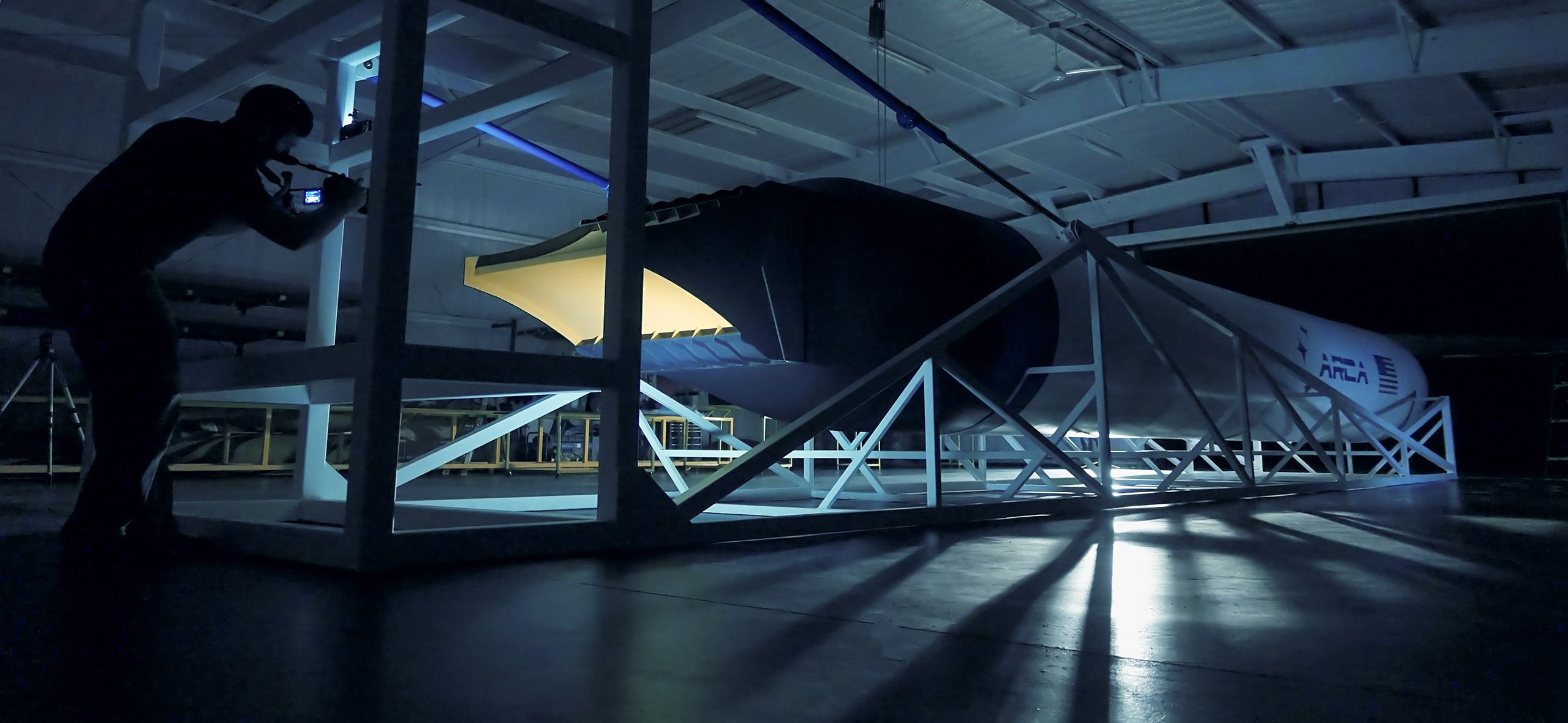

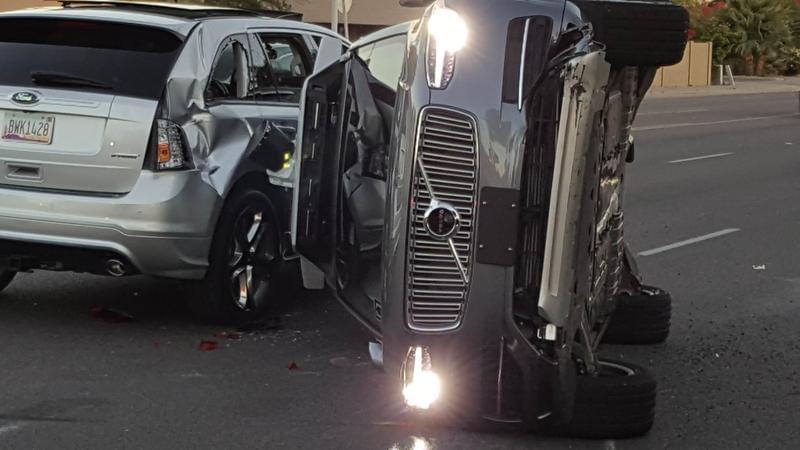

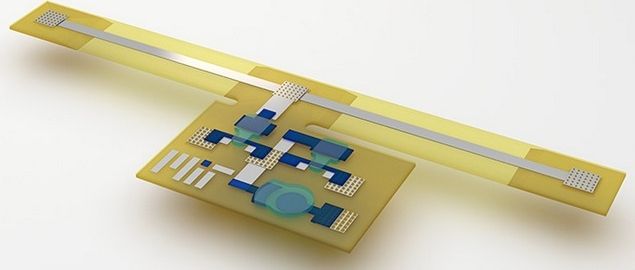
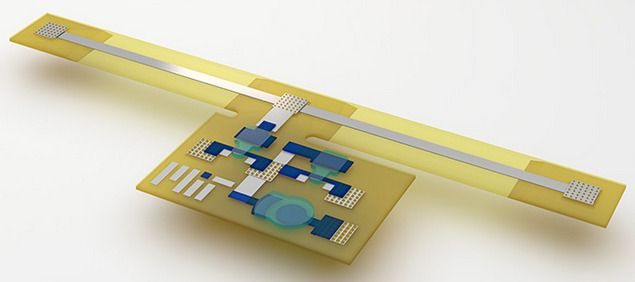 Illustration of 3D-printed sensory composite (credit: Subramanian Sundaram)
Illustration of 3D-printed sensory composite (credit: Subramanian Sundaram)